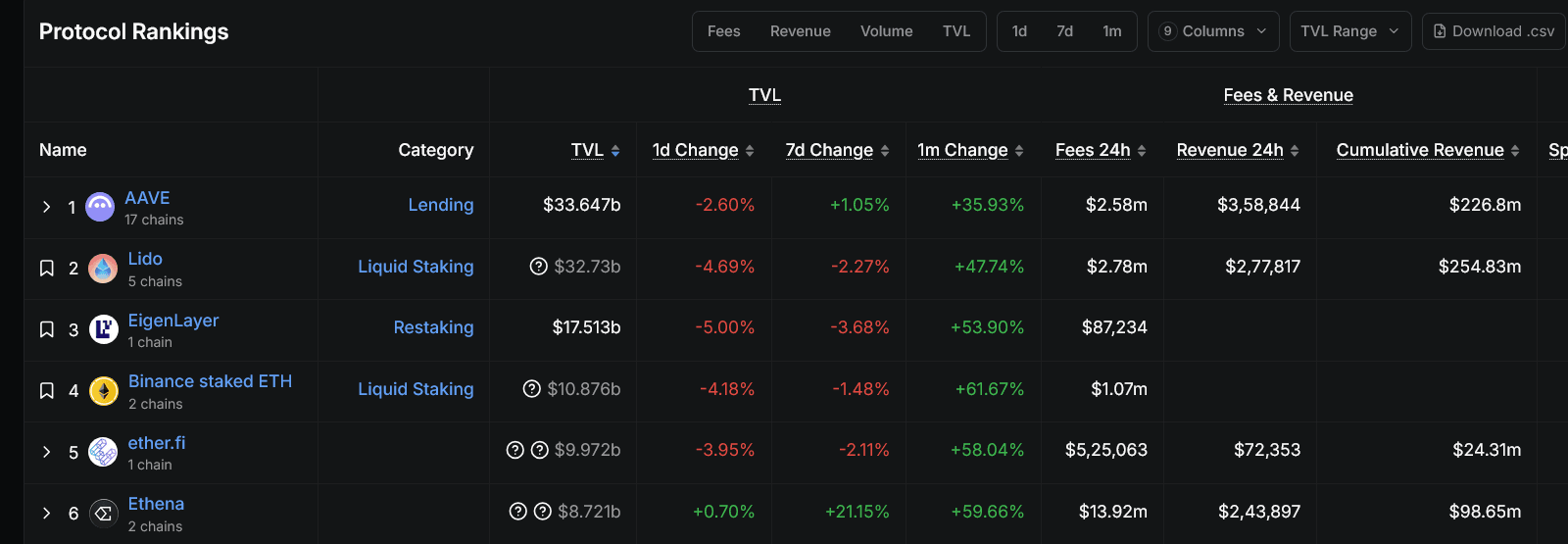Tether Holds $127 Billion in US Treasury Bonds
- Tether becomes the largest private holder of U.S. Treasury bills.
- Positions strengthen USDT’s reserve and liquidity trust.
- Influences liquidity within DeFi ecosystems extensively.
Tether’s increasing treasury holdings enhance its influence, as the assets assure USDT stability. The massive treasury position indicates a trust in U.S. government bonds and affects liquidity in the cryptocurrency market.
Tether, led by CEO Paolo Ardoino, disclosed holding over $127 billion in U.S. Treasury bonds in Q2 2025. The company, owned by iFinex Inc., has emphasized its commitment to reserve transparency. This figure indicates its significant global position, surpassing several sovereign nations in bond holdings. It reflects Tether’s strategy in diversifying reserves, enhancing USDT’s liquidity standing , and confirming asset backing.
The financial markets view Tether’s treasury acquisitions as a stability assertion for USDT, potentially boosting investor trust. Such holdings reinforce the dollar liquidity flow management through USDT while expanding market confidence. Cryptocurrencies tied to USDT, like BTC and ETH, may witness strengthened liquidity frameworks, as increased USDT backing from US Treasuries influences their systematic reliability and compliance.
Emerging from the increase in treasury holdings are implications for DeFi protocols relying on USDT as collateral. Governance tokens like Aave, Compound, and Curve might experience shifts in liquidity availability, tethered to USDT’s fortified positions. This development consolidates USDT’s role as a leading stablecoin and underlines its intertwined relationship with the government bonds, recognized as safe assets.
In the second quarter of 2025, Tether (USDT) held more than $127 billion in U.S. Treasury bonds. — Paolo Ardoino, CEO, Tether
Given the appreciation in treasury holdings, Tether’s operations might face further regulatory scrutiny and evolving compliance frameworks. However, the outlined reserve management could influence more regulatory bodies to view stablecoins as viable, stable assets due to substantial bond allocations. Regulatory shifts or the pursuit of comprehensive oversight might reshape the landscape, affecting other stablecoin issuers in response to Tether’s governmental bond-centric reserve strategies.
Disclaimer: The content of this article solely reflects the author's opinion and does not represent the platform in any capacity. This article is not intended to serve as a reference for making investment decisions.
You may also like
Crypto News: Trump’s Plan to Let Cryptos Back Mortgages & 401(k)s Sparks Debate
Why This DeFi Dip Might Be the Start of a Major Rotation?

Chinese video AI models gain global attention as the industry heats up
Share link:In this post: Chinese tech companies have increased their efforts in AI-generated video tools, positioning them as major players in the field, which is still in its early stages. Kling AI, developed by Kuaishou, a short video platform, converts text or still images into video content. Wei Xiong, an internet analyst at UBS Securities, believes AI video generation has the potential to reshape the content industry.
Big Tech’s ‘acquihires’ face new EU antitrust threat
Share link:In this post: The EU competition chief vows to close flat on talent-only “acquihires.” National regulators have been urged to flag below-threshold deals for EU review. Big Tech’s AI talent raids draw scrutiny amid fears of stifled innovation.
